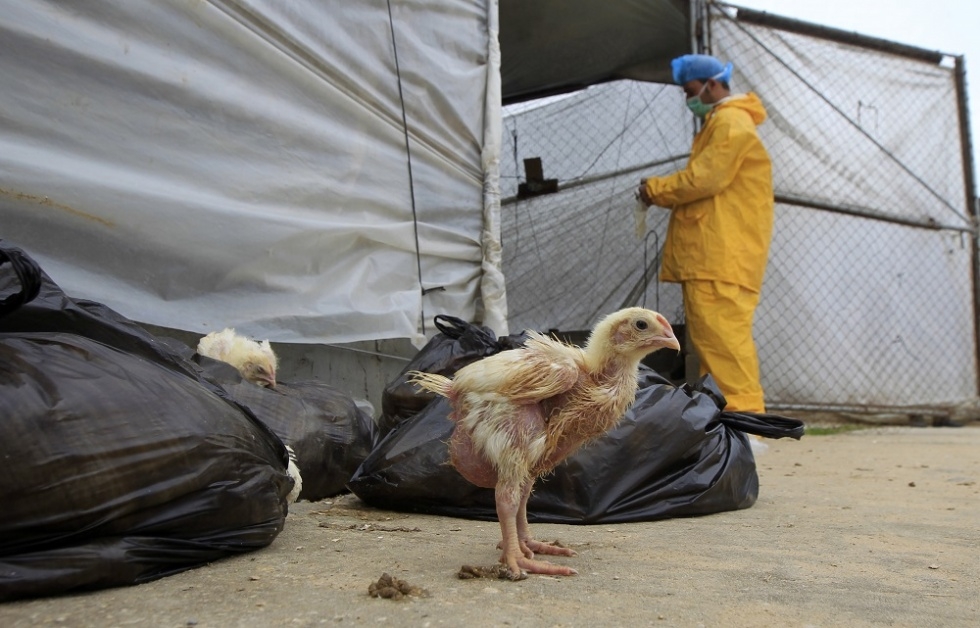Two die in Egypt from bird flu in one week

A woman has died of bird flu in southern Egypt, a health official said on Wednesday, the country's second death from the H5N1 strain of the virus in a week.
H5NI is one of several deadly, or potentially deadly, strains of bird flu that are closely monitored by the World Health Organization.
The strain, which has killed more than 400 people worldwide since first appearing in 2003, is different from the H5N8 version, whose spread across European poultry farms in recent days has prompted calls for vigilance from the WHO.
The 30-year-old woman died late on Tuesday after she was admitted to hospital in the southern province of Minya in a critical condition, health ministry spokesman Hossam Abdel Ghafar told AFP.
Another woman, 19, died of bird flu in nearby Assiut province on Sunday.
So far this year, Egypt has reported a total of seven cases of H5N1 infection, three of which have been fatal.
According to government daily Al-Ahram, the majority of cases have been recorded in impoverished rural areas, where villagers who raise poultry are more likely to come in to contact with infected birds.
The Egyptian health ministry was quoted by Al-Ahram as stating that Egypt has identified 180 cases of bird flu since 2006, with 65 of those patients dying from the disease.
Speaking in May, WHO representative Henrik Bekedam said that 26 percent of global cases had come from Egypt. "This says a lot about the situation in the country and the need to put all efforts into raising awareness among people, establishing the right means of diagnosis and treatment, and creating a new strategy to deal with further outbreaks," he said.
The ministry, however, added that rates of infection have decreased since 2012.
Most deaths from the strain worldwide have been in southeast Asia. The H5N1 strain was first identified in Hong Kong in 1997 and later spread worldwide.
A third strain of bird flu - H7N9 - has killed more than 170 people since emerging in 2013 .
Middle East Eye propose une couverture et une analyse indépendantes et incomparables du Moyen-Orient, de l’Afrique du Nord et d’autres régions du monde. Pour en savoir plus sur la reprise de ce contenu et les frais qui s’appliquent, veuillez remplir ce formulaire [en anglais]. Pour en savoir plus sur MEE, cliquez ici [en anglais].




